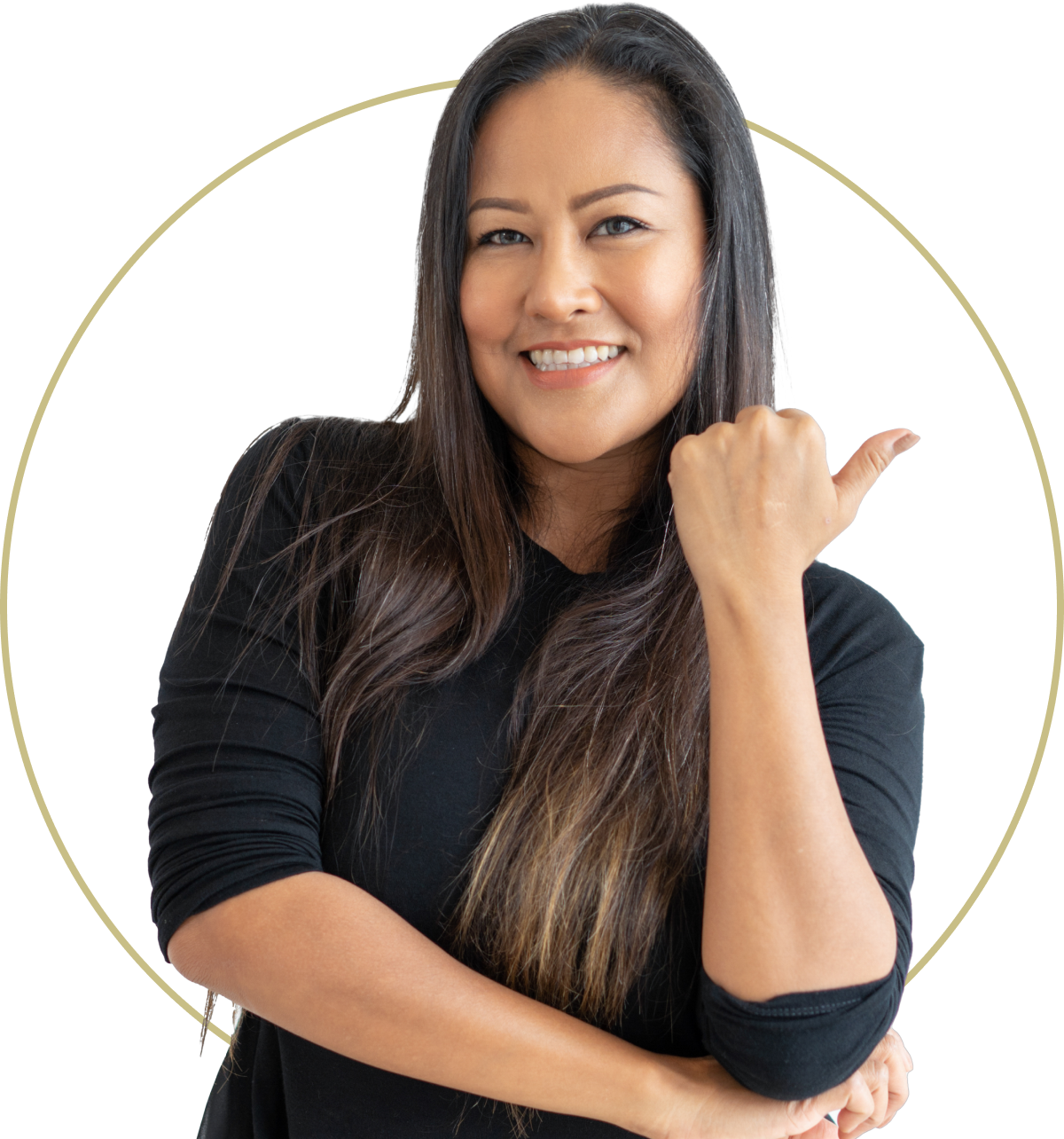menopause and frozen shoulder
By Andrea Donsky | Fact Checked | Sources
You may be familiar with the saying “giving someone the cold shoulder,” but a frozen shoulder is something entirely different. In fact, some women in the menopause years’ experience frozen shoulder, so we’re here to help you understand why and what you can do about it.
What is frozen shoulder?
Also known as adhesive capsulitis, frozen shoulder is a condition in which the shoulder is painful during movement for no apparent reason. Doing something as common and simple as putting on your bra or reaching for an item in the refrigerator can become extremely painful and impossible to perform.
Read about how to recognize inflammation in your body
Internally, the joint capsule in the shoulder becomes inflamed and thickened. At the same time, the amount of lubricating fluid in the shoulder declines, and the end result is a painful shoulder that has limited motion. Typically the condition lasts several months to about three years and it does resolve on its own. However, treatment or therapy is recommended because people can overcompensate for the limited motion and pain, resulting in an imbalance in other parts of the body.
How is frozen shoulder associated with menopause?
Overall, an estimated 2 to 5 percent of adults experience frozen shoulder during their lifetime. Individuals most likely to develop frozen shoulder are women aged 40 to 60, although it’s not clear why this occurs. One thought is that hormonal fluctuations trigger this response. The pain and inflammation associated with frozen shoulder can make it more difficult to sleep, perhaps augmenting any other sleep problems you may be experiencing during menopause.
Our Top Picks
Other health conditions that may increase the chances of developing frozen shoulder include diabetes, heart problems, overactive thyroid, poor posture, genetics, and a history of trauma to the shoulder. For example, having to wear a sling or cast or living a sedentary lifestyle may cause a frozen shoulder.
How can you treat frozen shoulder naturally?
An osteopath or physical therapist can show you some simple exercises to do at home to help alleviate the pain, improve motion, and speed up recovery. We have a few here to get you started, plus some other natural treatment ideas.
The sooner you begin treating frozen shoulder, the better. Do deep breathing as you practice these exercises to help you relax.
Read about protein needs during menopause and beyond
Heat and stretch. Apply a heating pad, hot water bottle, or warm compresses to the shoulder, or take a hot shower for 10 to 15 minutes. Gradually and slowly begin to rotate your shoulders. Do not strain; stretch them gently. Then do one or more of the following stretching exercises. (Discuss them with a professional before doing them.)
- Lie on the floor and slowly raise your arm straight to the ceiling
- Choose cabinets at different heights and practice opening and closing them
- Relax your shoulders and hang the affected arm down to your side. Gently and slowly swing the arm in a small circle 8 to 10 times in one direction, then the other direction. After you have practiced for several days or weeks, depending on your ability, you can add a light hand weight.
- Stand in front of a wall and place the fingertips of your affected arm on the wall at waist level. Keep your affected arm slightly bent. Slowly walk your fingers up the wall until you feel slightly uncomfortable. Repeat and do this exercise at least 10 times a day.
Physical therapy. If doing home exercises doesn’t improve your shoulder or if the pain continues or gets worse, see a physical therapist who can help you with specific exercises for your needs.
Peppermint oil. Rub peppermint oil on your shoulder. This may help reduce inflammation, improve pain, and enhance blood circulation.
Acupuncture. A 2020 meta-analysis of the use of acupuncture for frozen shoulder found that it “could be safe and effective for pain reduction, restoring shoulder function, and restoring flexion ROM …in the short term and midterm.” More studies are needed to determine the long-term results.
Anti-inflammatory diet. A good general approach to treatment is following an anti-inflammatory diet. Foods that help fight inflammation include healthy fats (cold water fish such as salmon and tuna; nuts, seeds, olive oil, and coconut oil), fresh fruits and vegetables, and foods rich in healthy bacteria such as kefir, natural sauerkraut, and yogurt.
Anti-inflammatory supplements. Consider taking an anti-inflammatory supplement such as boswellia, turmeric, omega-3 fatty acids, magnesium, or coenzyme Q10. Take according to package directions.
Licorice. At least one study reported that an herb called kanzo-to (Glycyrrhiza, or licorice) may relieve frozen shoulder symptoms and menopausal symptoms as well. In 2000, the authors reported on two patients with frozen shoulder plus severe menopausal symptoms. After taking kanzo-to extract, the patients were able to move their cervical and shoulder joints without pain or problems with motion.
when to call your doctor
If you don’t get sufficient relief from natural remedies and it’s not possible for you to continue with your daily activities, you should see your physician. Imaging tests may be needed to help determine whether there is some other problem with your shoulder. Injections of steroids or anesthetics are sometimes used to relieve pain and improve range of motion.
bottom line
Frozen shoulder is a painful condition that infrequently occurs during menopause. Although it eventually goes away itself, treatment is suggested to help accelerate recovery and improve quality of life.





